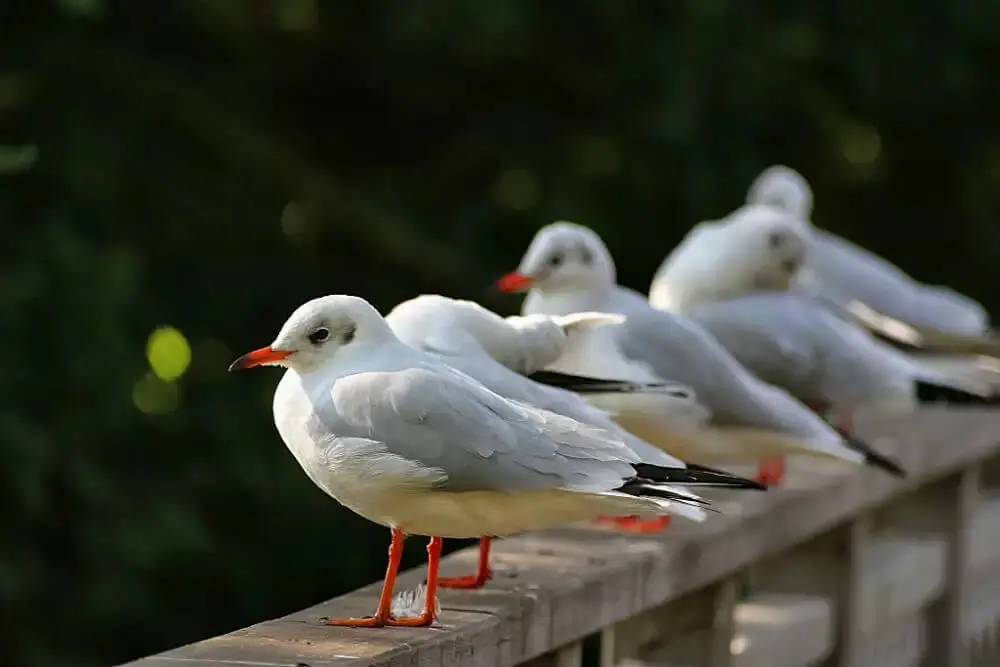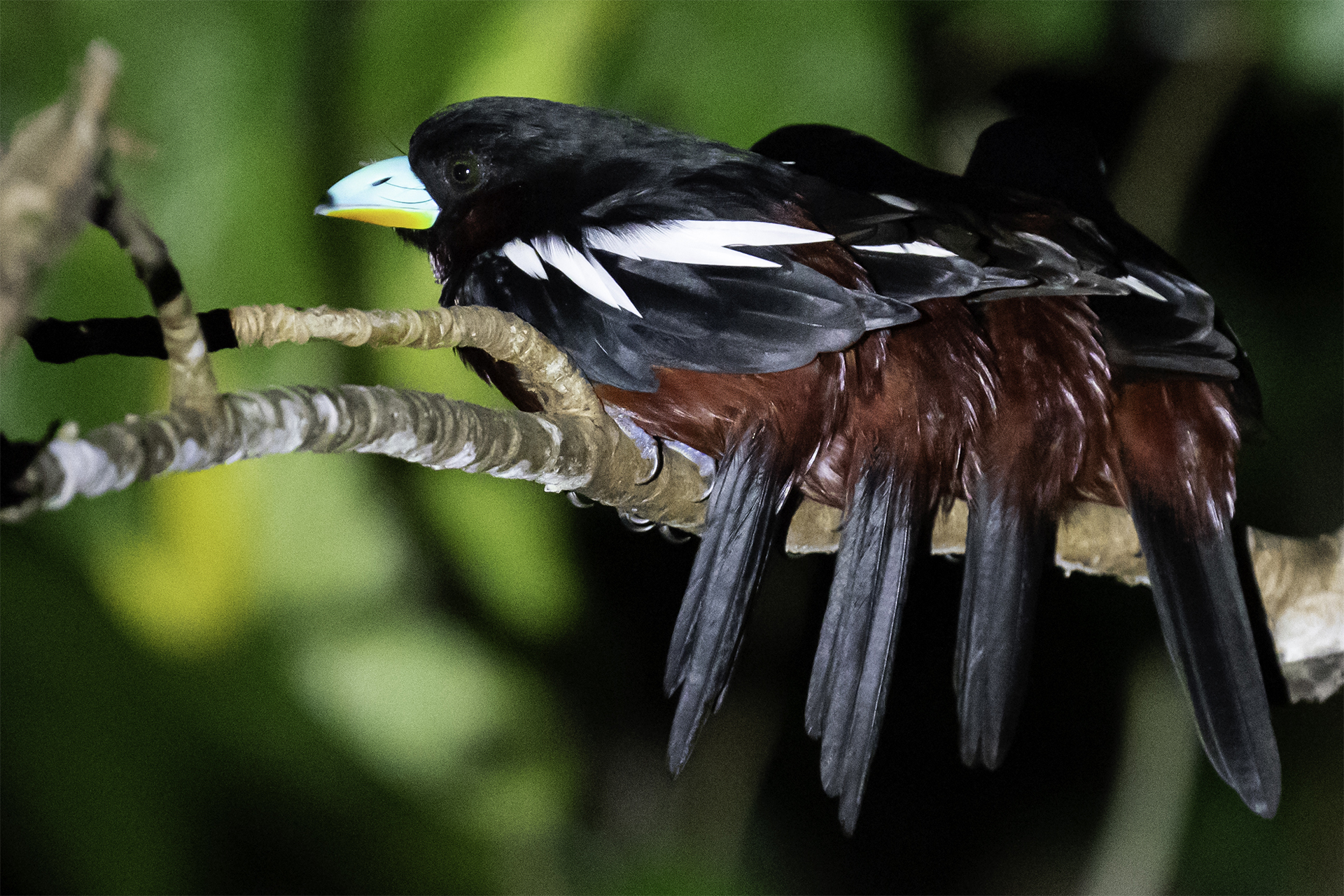What is bird watching?
Bird watching, also known as birding, is the activity of observing and identifying birds in their natural habitat. It is a popular hobby among nature enthusiasts who enjoy studying avian behavior and learning about different species of birds. This pastime involves using binoculars, spotting scopes, and field guides to identify birds by their physical characteristics such as colors, patterns, size, shape, and behaviors.
Bird watchers can be anyone from amateur enthusiasts to bird watching professional ornithologists who specialize in the study of birds. They can range from children who are fascinated by the beauty of feathered creatures to retirees who have found a passion for birding after years of working. Some birders travel far and wide just to observe rare or exotic bird species while others simply enjoy watching common backyard birds from their homes.
The identity of a bird watcher is not limited to any particular demographic or socio-economic class but rather includes people from all walks of life with an interest in observing and appreciating the beauty of these fascinating creatures. Birding has become increasingly accessible due to advancements in technology that make it easier for enthusiasts to share information online and connect with other fellow bird watchers around the world.
The history of bird watching: From aristocrats to everyday people
Bird watching is a popular hobby that involves observing birds in their natural habitats. The history of bird watching dates back to the 18th century, when wealthy aristocrats began keeping journals and records of the birds they saw on their estates. These early bird watchers were primarily interested in cataloging rare and exotic species.
As time passed, bird watching became more accessible to everyday people. With the invention of binoculars and field guides, amateur enthusiasts could now identify and observe birds on their own. In the mid-20th century, organizations such as the National Audubon Society in the United States helped promote bird watching as a recreational activity for all.
Today, bird watching continues to be a beloved pastime around the world. It is estimated that there are over 45 million bird watchers in the United States alone. Bird watchers come from all walks of life and range from casual observers to dedicated ornithologists who study avian behavior and migration patterns. Regardless of their level of expertise or interest, one thing unites them: a love for nature and its feathered inhabitants.
Demographics of bird watchers: Age, gender, and income
When it comes to the demographics of bird watchers, age seems to be a significant factor. According to a report by the U.S. Fish and Wildlife Service, the average age of a bird watcher is 47 years old. This might suggest that bird watching is more popular among middle-aged individuals who have already established their careers and have more free time for hobbies.
Gender also plays a role in the identity of a bird watcher. The same report found that 54% of bird watchers are women, while 46% are men. This trend has been consistent over the years, suggesting that there may be societal factors at play that make bird watching more appealing to women than men.
Finally, income is another important demographic factor when it comes to bird watchers. The same report found that those with higher incomes were more likely to participate in bird-watching activities than those with lower incomes. This could be due to factors such as access to resources like binoculars and field guides or simply having more leisure time for recreational activities.
Motivations for bird watching: Hobby or conservation?
Bird watching has become a popular hobby among nature enthusiasts and conservationists alike. While some bird watchers enjoy the activity as a pastime, others see it as an opportunity to contribute to the conservation of bird species. The motivations behind bird watching can be varied, but ultimately, it is driven by a love for birds and the desire to learn more about them.
Hobbyist bird watchers may simply enjoy observing birds in their natural habitats and learning about different species. They may also find pleasure in the act of documenting their sightings through photography or journaling. On the other hand, conservation-minded bird watchers are motivated by a desire to make a positive impact on the environment and protect threatened or endangered species. They may participate in citizen science initiatives that collect data on bird populations or work with local organizations to support habitat restoration efforts.
Regardless of one’s motivation for bird watching, this activity offers numerous benefits beyond simply observing birds. It can foster a deeper appreciation for nature, improve mental health through stress reduction and relaxation, and provide opportunities for socializing with like-minded individuals who share similar interests in avian wildlife conservation. Ultimately, whether someone approaches bird watching as a hobby or as an act of conservationism, this activity offers limitless possibilities for exploration and engagement with the natural world around us.
The community of bird watchers: Events and organizations
Bird watching is an activity that has been around for centuries. Bird watchers, also known as birders, are individuals who observe and identify different species of birds in their natural habitats. The community of bird watchers is vast and diverse, with people from all walks of life coming together to share their passion for the feathered creatures.
To cater to the needs and interests of this community, various organizations have been established over the years. One such organization is the National Audubon Society, which aims to protect birds and their habitats through conservation efforts across North America. Another organization is the American Birding Association, which serves as a hub for bird enthusiasts to connect with each other and participate in various events.
These organizations often host events such as bird-watching tours, workshops on bird identification techniques and photography, nature walks focused on observing specific species or behaviors of birds, Christmas Bird Counts where participants count all the birds they can see or hear within a designated area during a 24-hour period around Christmas time. These events provide opportunities for members to engage with each other while learning more about avian species in their natural habitat.
Stereotypes and misconceptions about bird watchers
Stereotypes and misconceptions about bird watchers are numerous, but some of the most common ones include the idea that they are all old, white men with binoculars around their necks. This stereotype is simply not true as there are bird watchers from all ages and backgrounds.
Another misconception is that bird watching is an expensive hobby that requires a lot of travel. While it’s true that some birders do travel extensively to see rare birds, many others enjoy watching birds in their own backyard or local parks. Furthermore, basic equipment such as binoculars can be purchased for a reasonable price.
Lastly, some people view bird watching as boring or unexciting. However, for those who appreciate nature and wildlife, observing birds can be a thrilling experience full of surprises and unexpected sightings. Birding also promotes mindfulness and relaxation while allowing individuals to connect with the natural world around them.
Conclusion: The diverse identity of a bird watcher
Bird watchers come from a wide range of backgrounds, with diverse interests and motivations. Some are avid bird lovers who have been watching birds all their lives, while others are novices just starting to explore this fascinating hobby. Many bird watchers are also active conservationists who work tirelessly to protect birds and their habitats.
Despite this diversity, all bird watchers share a common passion for these beautiful creatures. Whether they are studying the intricacies of bird behavior or simply enjoying the beauty of a soaring eagle, bird watchers find joy in observing these magnificent animals in their natural habitat.
In conclusion, the identity of a bird watcher is as varied and complex as the birds themselves. From seasoned experts to curious beginners, each individual brings their own unique perspective and passion to this amazing hobby. But no matter who you are or what your motivation may be, one thing is certain: there is nothing quite like the thrill of watching birds take flight in their natural environment.



